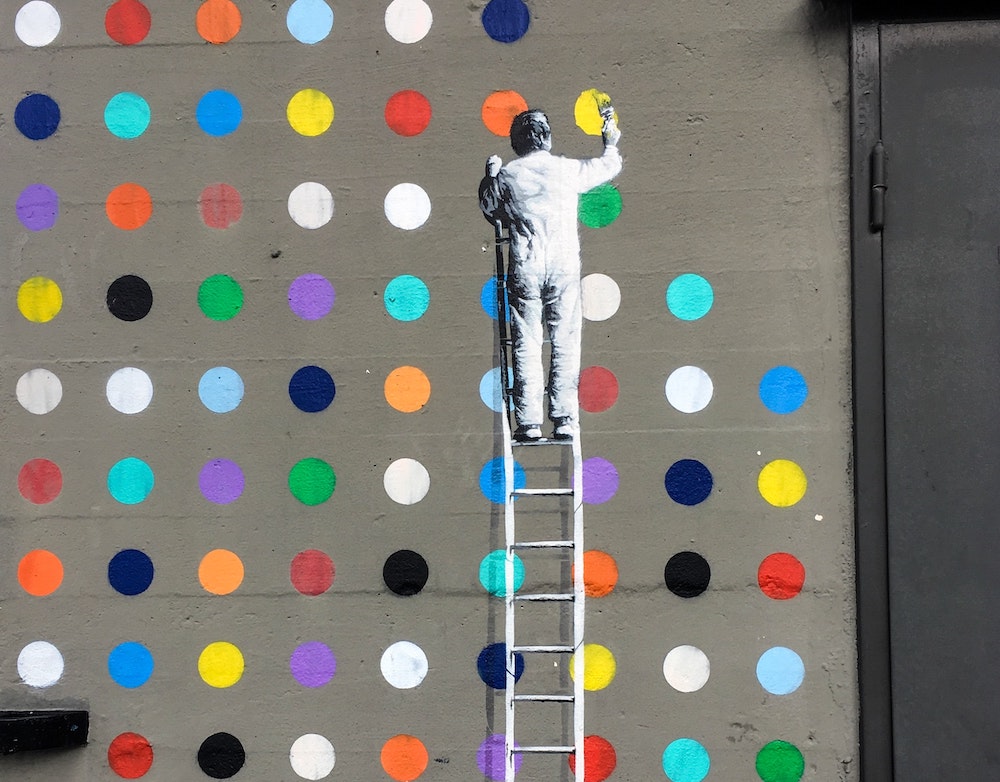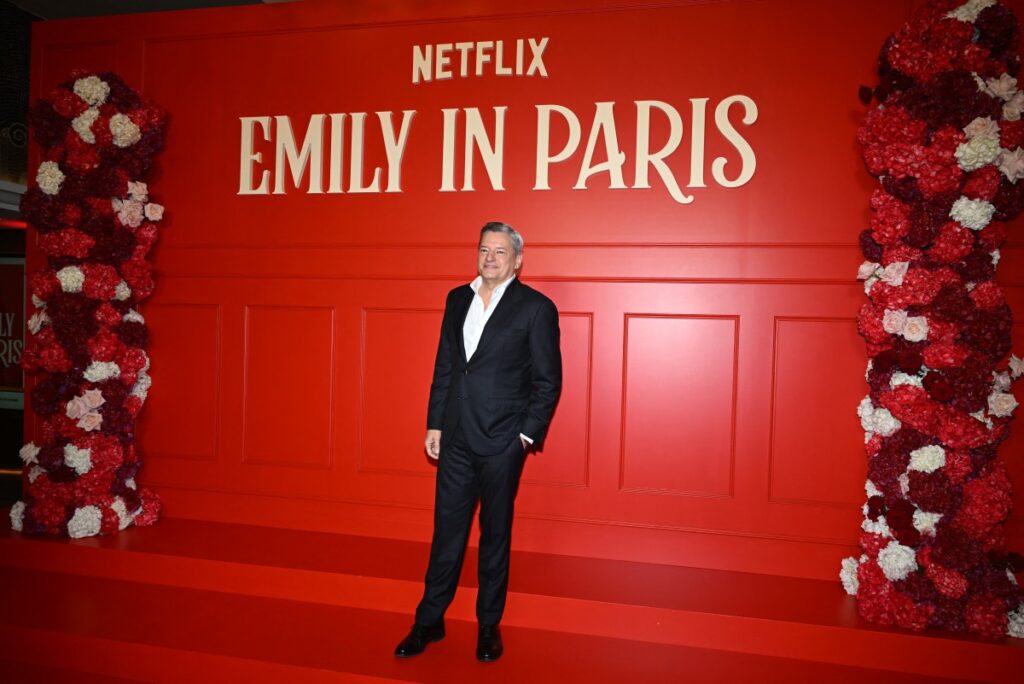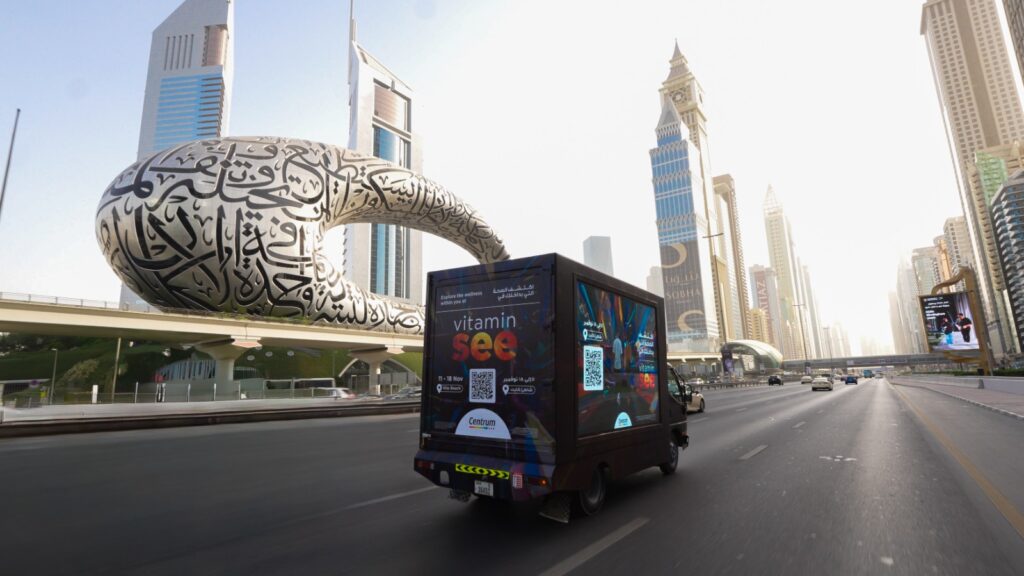Digital advertising solutions provider Connect Ads is involved in both media representation and programmatic trading. Equipped with this broad perspective, George Skaff, Sales Director (Right), and Mohamad Jadayel, VP of Technical Operations (Left), explain how the region’s programmatic market is evolving.

What is the size of the programmatic market globally and in the region?
Mohamad Jadayel: Globally, programmatic advertising is growing year on year. Before covid-19, it was projected to hit $100 billion in 2020, vs $85 billion in 2019. In terms of budget allocation, 65% to 70% of digital budgets are transacted programmatically.
In our region, it ranges from 30% to 70%, depending on the market maturity. In the mature Dubai market, 65% to 70% are executed programmatically. In other countries, like most African countries, it’s still on the 30% level.
George Skaff: Programmatic has been the hot topic in the UAE for quite a while. Everybody knows programmatic in Dubai, and all the programmatic campaigns planned in the region are being launched from there, because that’s where the agency trading desks sit. In Saudi Arabia, which is the biggest advertising market in the region by far, the trend is increasingly moving towards programmatic, but there is a large knowledge gap. Many C-level executives want to be part of the programmatic ecosystem, but don’t really understand it.
M.J.: The cost of technology is something to consider as well. Some SSPs and DSPs are not availing the technology to all the buyers, regardless of their buying power. They focus only on the biggest spenders. Some DSPs ask buyers to commit to a monthly spending before giving them access to the platform, and some buyers don’t have this monthly ad-spending capacity. It will take some time before the cost of technology is lower and can be scaled out to many buyers and sellers.
How healthy is the market at the stakeholders’ level?
M.J.: It’s chaos. Remember when the mobile phone technology launched and we had 20, 30 brands? The same is happening with programmatic right now. We are in a tech traffic jam. Every week, I receive a new offer for a new tech doing amazing things, according to the tech vendor. As a result, I’m becoming defensive and try to limit myself to those who are credible.
But small- to medium-sized publishers that cannot commit to the minimum monthly inventory supply, use these low-quality, low-performance technologies offered by small tech vendors. And that makes the mix even worse.
G.S.: There are misperceptions around programmatic in general. Marketeers tend to think it’s the cheapest option, although programmatic simply is a technology: you are serving your ads on the same content that has the same value, and publishers have the right to ask for the right value for their content. That’s why it is crucial to educate publishers, tech companies, suppliers.
Do publishers in the region know enough about all that programmatic has to offer?
M.J.: Initially, publishers were reluctant to adopt this kind of monetization; they were used to their direct sales team going to the market with the higher price points, and the remaining low-quality inventory being routed to the ad exchanges. Today, more premium publishers are putting good quality inventory on open exchanges, but each and every one of them needs to understand their offering and put more price layers on it. Not every inventory segment should be on the open exchange. Some premium inventory segments could be only available at a private marketplace (PMP) level, and exclusive content could be sold directly on programmatic guaranteed or reserved buying. In the US today, 58% of the programmatic transactions are direct, 19% are PMPs, and 23% are on open auctions. This is the point that we will reach someday in the region, where open auctions still dominate with 80% of the total pie.
G.S.: If publishers don’t have these different kinds of content to offer programmatically, they can’t really put a markup on their inventory. That’s why you see most of the medium or small publishers struggling in the region. On direct buys, they are too expensive. Programmatically, they go with the cheapest inventory on open auctions. And they can’t opt for a subscription model, because people won’t pay subscriptions to access content that they can get for free. Publishers have to make a very tough decision: do they sell their inventory at a very cheap price, or do they depend on their direct sales, which are not happening? It already took a while for many large publishers in the region to understand that they have to transform from offline to digital at any cost. It’s not an easy game for them.
How, as a media representation company, do you work with publishers?
M.J.: We collaborate with excellent publishers in the region, but they are very product-oriented and need someone to understand how to better monetize their inventory. So, we work with them on creating a roadmap, differentiating between different deal types, pricing points, etc. Most international publishers already have their own teams, but we help them better understand the market and the ideal price point, based on the needs of the Middle East market. As media reps, we have a role in educating publishers, and even buyers. We have to act as consultants. It’s not about selling the highest deal; it’s about selling the ideal deal that matches the client’s needs.
How are clients’ expectations evolving?
G.S.: It differs from player to player. Big advertisers understand programmatic extremely well and are at the forefront. They know exactly what they’re looking for and which technologies they want to use; they know the viewability measures and the safety measures.
Many local advertisers understand it quite well too and are trying to adapt, making sure they have the right people in place. Again, it goes back to education. It’s up to us to make sure that we share our experiences and our expertise with those advertisers who want to join the programmatic scene but don’t know anything about it. We see many of them in Saudi Arabia, where the majority of the clients are social media-driven. They need to understand exactly what programmatic is and ask the right questions to know exactly what they want out of it. Because if you do it wrong, you just throw away your money or may stop using it at all.
What’s next in terms of technologies?
M.J.: Audio can be transacted programmatically. We are also seeing demand on the connected TV inventory. And now, OOH is turning into DOOH, and the possibilities are crazy. We’ve been discussing for a couple of years the beauty of sitting in front of a screen to launch a campaign on a billboard in New York, for example, or having a screen in a supermarket and layer it with artificial intelligence or big data. This is coming. And additional screens will also opt-in. Facebook bought [virtual reality headset] Oculus and today, the entry point for a basic standalone VR headset is $150. Facebook launched its first ad on Oculus at the end of 2019, I believe.
The second development in the future will be all about technologies enabling deeper, personalized engagements with the audience.
Do you already see interest from clients in these kinds of new technologies?
G.S.: Absolutely. It will take the same adoption path as programmatic, except this time, advertisers already are knowledgeable. Now, it will take time until enough inventory is available, but there’s a very big appetite.
Where do regional brands stand regarding brand safety?
G.S.: It varies from one advertiser to the other, and from one technology to the other. Viewability and brand safety measures are extremely important to build trust, and this is something that all advertisers should be fully aware of and be very strict about. They need to choose the right technologies that actually provide them with first-in-class brand safety measures.
M.J.: Due to the massive increase in the number of websites, we have a massive inventory across the open exchanges and we’re jumping from one site to another to target audiences. So, advertisers need the technology to verify the quality of the websites and publishers that they work with and ensure that their campaigns interact with real humans, not bots. For advertisers going on open exchanges, ad verification is a must. PMP deals are more secure, and that’s why they should invest more in buying high-quality inventory. We go back to that.
Connect Ad has two types of businesses, each at one end of the programmatic flow: media representation and Evolve, your independent trade desk. How do you approach this duality?
M.J.: The two businesses do not interfere with one another. We saw the programmatic shift coming a long time ago and wanted to be prepared for what was coming. And that’s the beauty of it. At Connect Ads, we have been grabbing every opportunity from day one.






